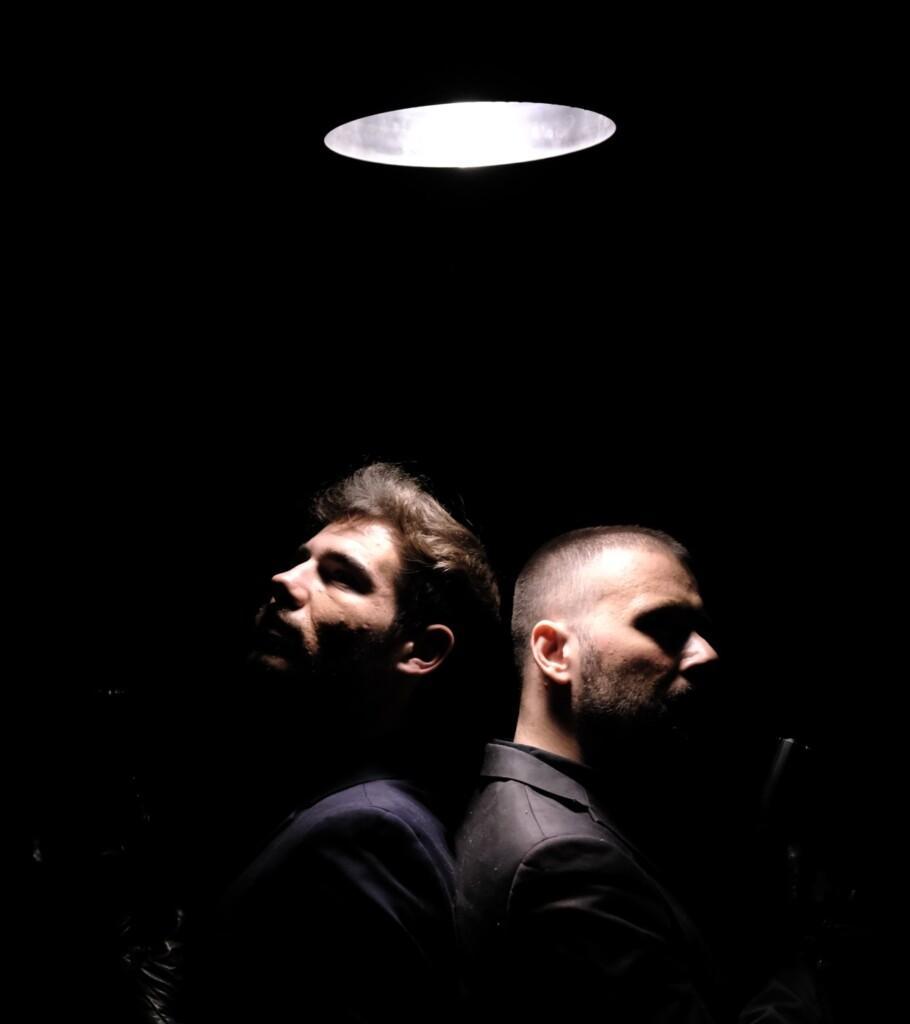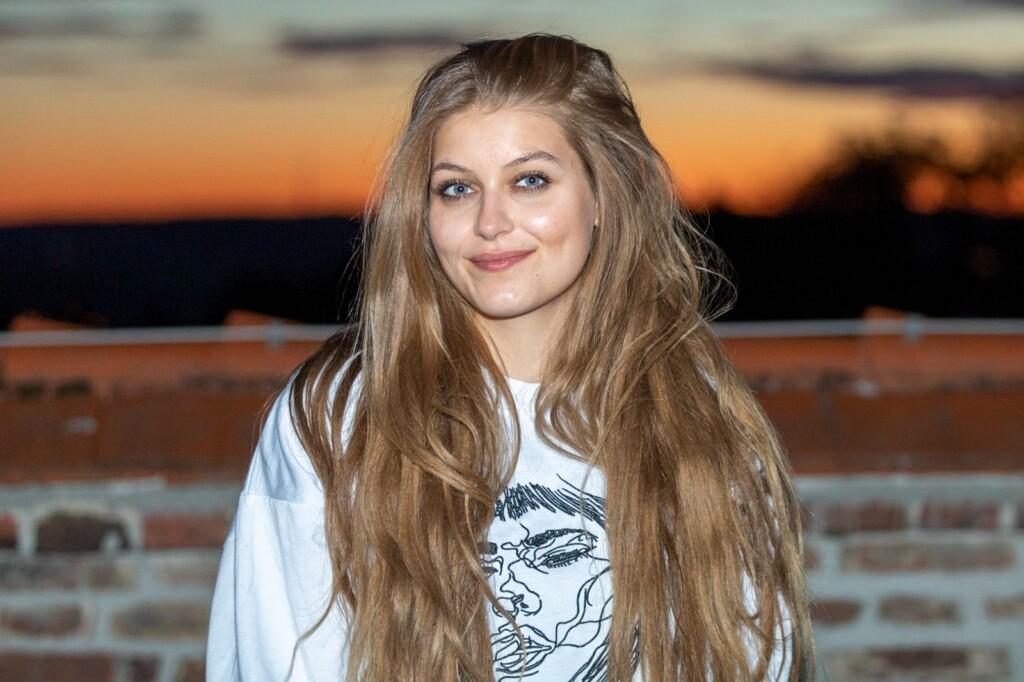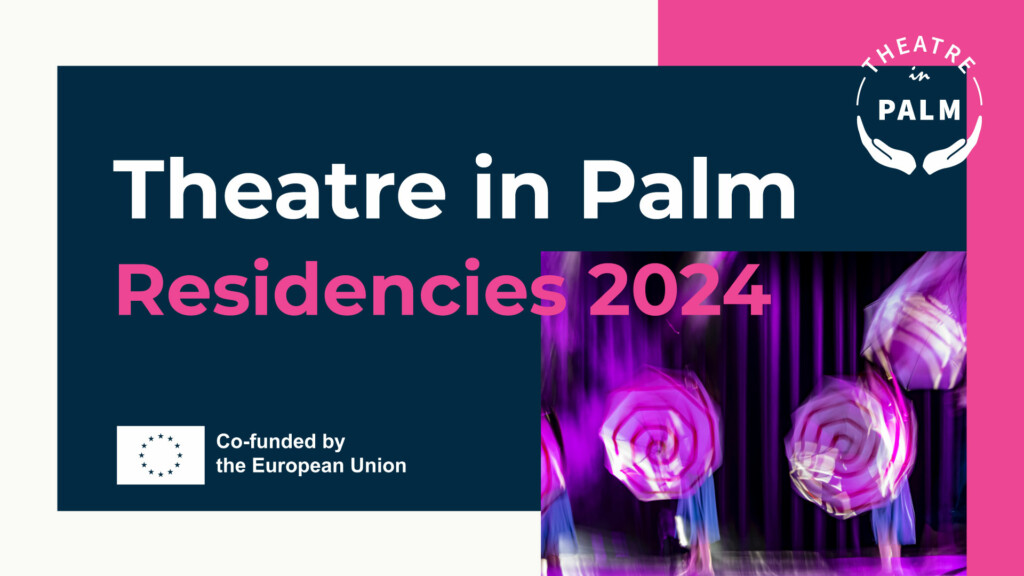CUERPOS ERRANTES: A Dialogue Between Art and Science

The term Cuerpos Errantes comes from the Greek translation of “plankton,” describing a collection of drifting organisms. Their role in aquatic ecosystems, especially marine ones, is fundamental: they contribute to oxygen production, carbon absorption, and cloud formation. Inspired by this dynamic, Cuerpos Errantes is an experimental project that seeks to make the invisible visible and explore, through audiovisual and performative expressions, the interconnection between the human and non-human worlds.
This project is the result of a collaboration between ESPRONCEDA Institute of Art & Culture, the Institut de Ciències del Mar (CSIC), and the Inervo Company, and was part of the LOOP City Screen Festival in Barcelona, Spain. Its goal is to build a bridge between scientific research and artistic expression to create new narratives about the environment.
We are living in an ecological crisis where the model of unlimited growth has caused irreversible damage to ecosystems. Cuerpos Errantes emerges from the need to rethink our relationship with the environment and fosters new forms of social and political imagination. The project invites us to consider natural resources as common goods with intrinsic value beyond market logic.
Exploring the Works
The Micro, the Macro, and the Human
The Micro, the Macro, and the Human is a piece that uses archival materials from scientific sea expeditions to create a visual language filled with textures, overlays, and saturations. The work seeks to provoke a reflection on the ignorance of the role of plankton organisms in marine ecosystems and the scale of human impact on them, through an aesthetic of layers that convey both decomposition and urgency for action.
The layers of decay and the expression of environmental urgency invite viewers to take another look at this microscopic world, an ecosystem crucial to collective life but vulnerable to human influence. By merging the micro and the macro, the work becomes a metaphor for interdependence, in which the idea emerges that even the smallest organism contributes to the planetary whole.
Ascent and Descent:
This video-dance work employs the expressive language of the body and the cadence of visual rhythm to convert complex natural processes such as vertical migration and the carbon absorption-release cycle into a bodily experience through the dancers. Based on principles of biomimicry and vertical dance, the dancers’ movements reflect the dynamism of the cyclical journey of carbon as it rises and falls in the ocean.
The video establishes a parallelism and a visual analogy between the urban scientific context and the processes occurring at the microscopic level, where the building becomes an architectural extension of the marine depth. Through visual effects and postproduction assisted by artificial intelligence, the bodies of the performers merge with marine organisms, thus creating an aesthetic that fuses human and non-human organisms in a hybrid body. The work also suggests a reinterpretation of human identity and subjectivity, not as something isolated but rather interconnected and fluid with the vital rhythms of all eco(systems).
United and Interconnected:
Situated at the boundary between the sky and the sea, the performers embody a liminal presence in a transitional space where clouds form and dissolve. This work invites a slowing down of time, allowing the audience to attune themselves to the natural rhythms of cloud formation and marine life. Drawing on Romain Rolland’s concept of “oceanic feeling,” the piece evokes a sense of unlimited connection, dissolving the boundaries of individual identity and offering an interconnected vision of the world. Inspired by Timothy Morton’s “ecological thought,” the work proposes a reevaluation of human identity, seeing it not as separate but as an integral part of natural ecosystems.
Located at the point where the sky meets the sea, the performers embody a liminal presence, floating in this transitional space where clouds drift and dissolve. The work encourages a temporal deceleration that leads us to embody the natural rhythms of cloud formation and marine life. This shared experience is intended as a metaphor reminiscent of the concept of “oceanic feeling” elaborated by Romain Rolland in his epistolary exchange with Sigmund Freud, a profound feeling of boundless connection that transcends personal, singular autonomy and invokes a unity between the self and the outside world. This feeling represents an almost sublime experience in which the boundaries of the self dissolve and identity becomes fluid, immersed in a state of interconnectedness that blurs the contours of individuality and embraces the vast continuum of existence in an archipelagic vision.
Cuerpos Errantes performance (ACIDIFICACIÓN)
The performance Cuerpos Errantes delves into the symbiotic function of phytoplankton in the ocean cycle, using it as a metaphor to explore the interdependencies between the human and the natural, between art and science, and between theory and social practice. This work takes as its starting point the fundamental processes of phytoplankton to generate an aesthetic dialogue on sustainability and open us to a non-anthropocentric understanding of the world, where we are invited to listen and learn from the dynamics of other ecosystems.
The proposal focuses on the “frictions” or frictions inherent in the construction of a transdisciplinary language and artistic and scientific collaborations that aspire to be inclusive. In this process, the work explores the difficulty and richness of approaching the world from new perspectives, searching with openness for a language that allows the construction of interspecies connections and horizontal relationships, and at the same time questions our way of inhabiting the planet.
At a crucial moment for the planet’s sustainability, Cuerpos Errantes opens a path toward new ways of understanding ecology. By merging science and art, the project invites us to imagine more sustainable and life-respecting futures.
Credits:
Artistic Direction
Benjamín Slavutzky
Carlotta Storelli
Dancers
Carlotta Storelli
Fabiana Paisani
Lluvia Roja
Sandra Barroso Mancera
Performers
Alexandra Anastasiadou
Carlotta Storelli
Elisabetta Broglio
Marta Fernandez Bessa
Nathalie Rey
Voice-overs
Fabiana Paisani
Lluvia Roja
Marta Fernandez Bessa
Sandra Barroso Mancera
Sara Broto
Editing and Montage
Sara Broto
Teddy Chang
Sound Editing and Soundtrack
Maribel Tafur
Sara Broto
Interactive Video
Natalia Gima
Camera
Benjamín Slavutzky
Dario Cottafava
Elisabetta Broglio
Alessia Gervasone
Teddy Chang
Vitor Schietti
Drone Pilot
Marco Talone
Curated by
Alessia Gervasone
Elisabetta Broglio
Communication
Malena Vinay
Maria Rubies Vistuer
Graphic Design and Installation
Liza Adamchuk
Milo De Prieto
Acknowledgments
SouLivre, Denise Bragueto, Magda Vila, Vanessa Balagué Año, Liza Adamchuk, Malena Vinay, Césarine Wisline Lafontant, Ciara MoOom, Cristina Dezi, David Mediel (Feroce), Eléonore Ozanne, Esther Sanchez Sosa, Fredo Landaveri, Javiera Gazitua Charnes, Natalia Cabrera, Paula Vicente Puiggros, Verónica Peña, Xavier Muñoz



